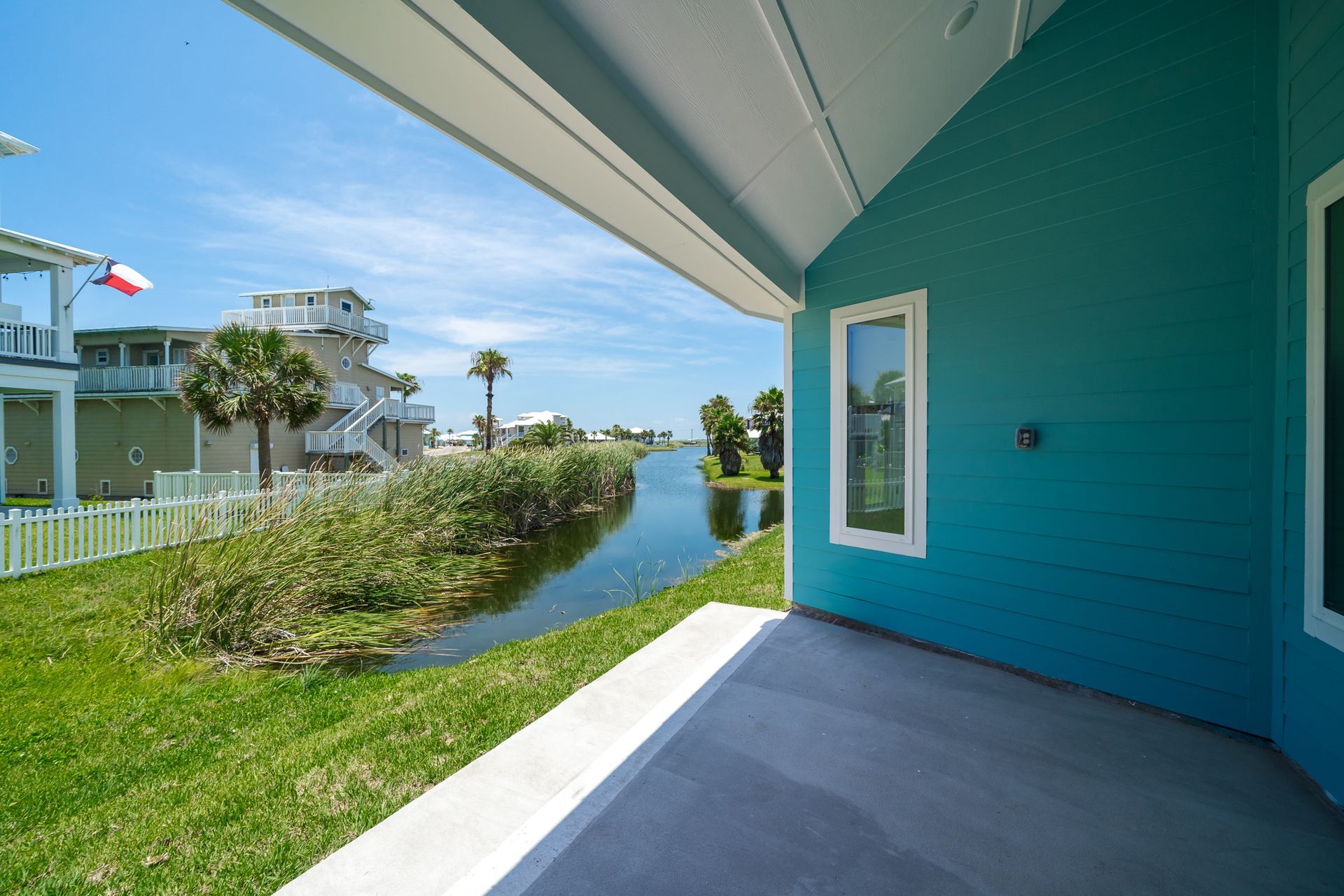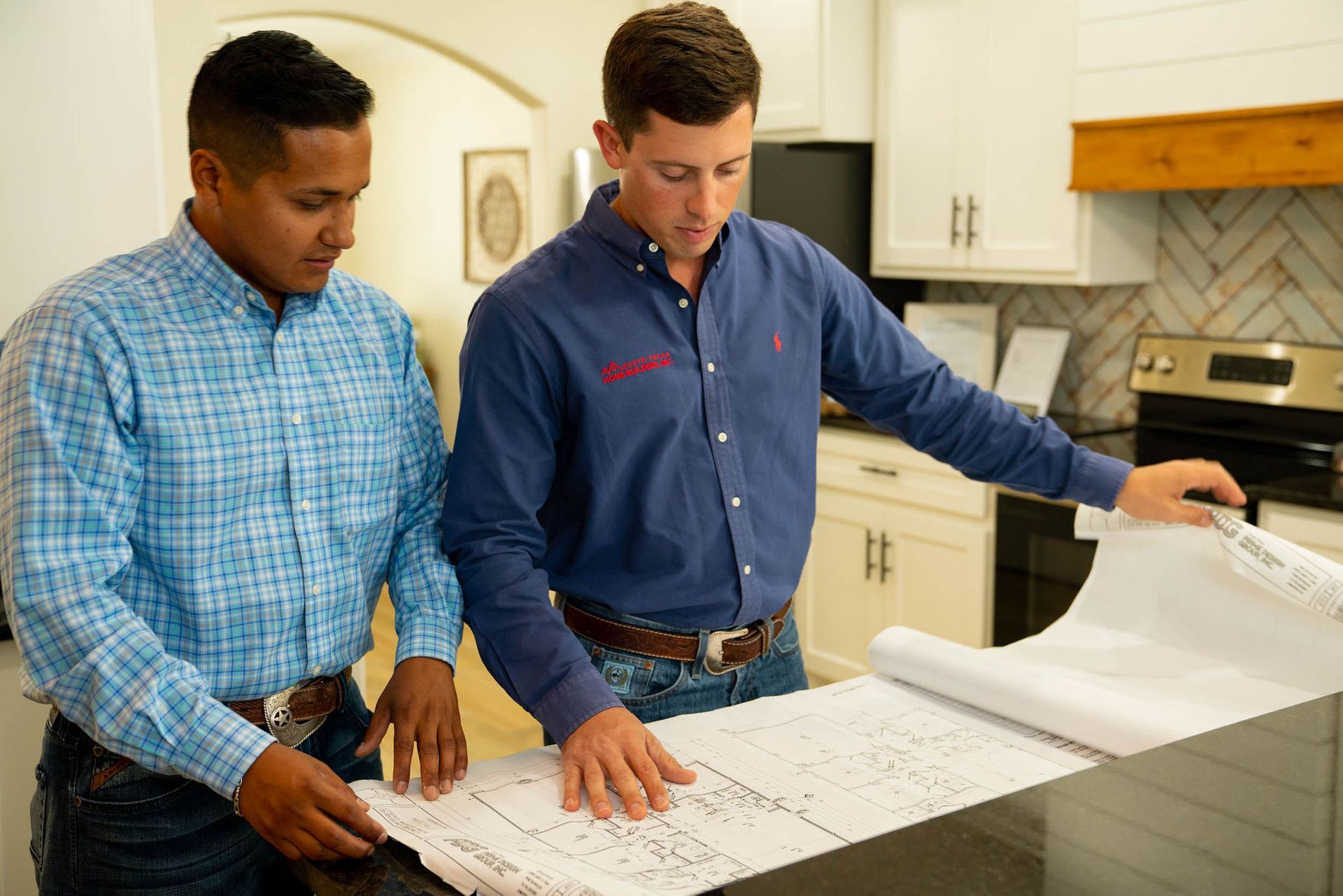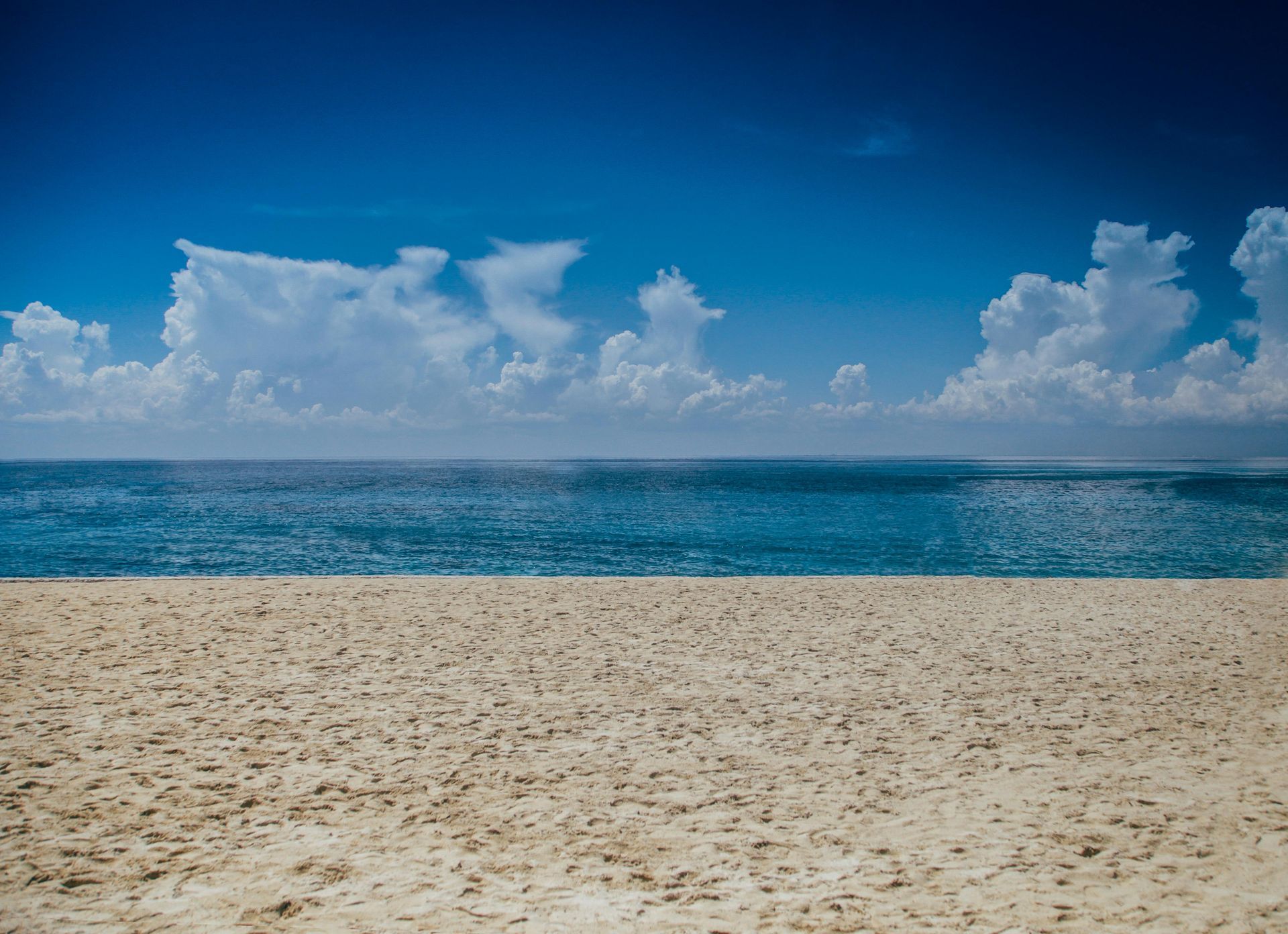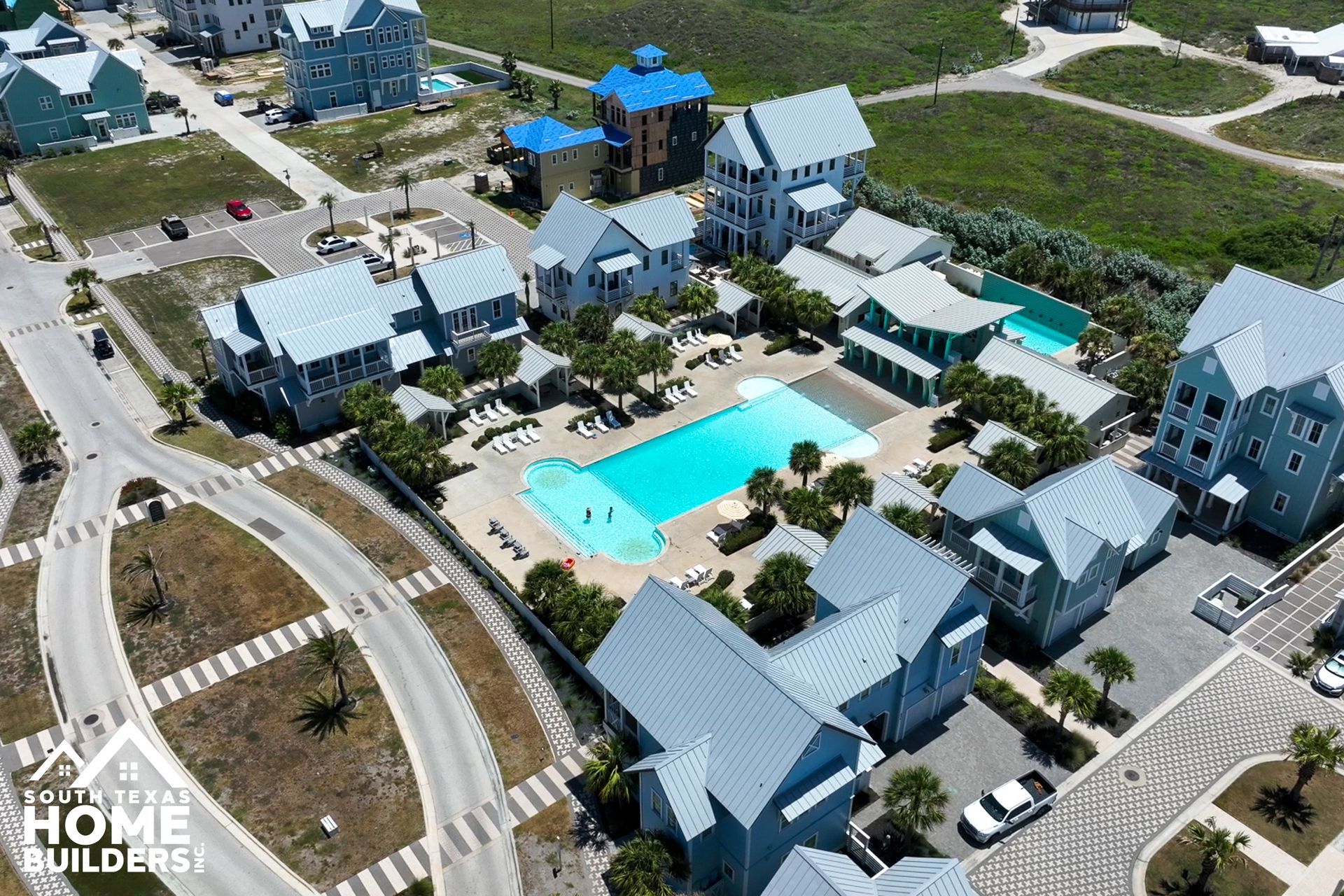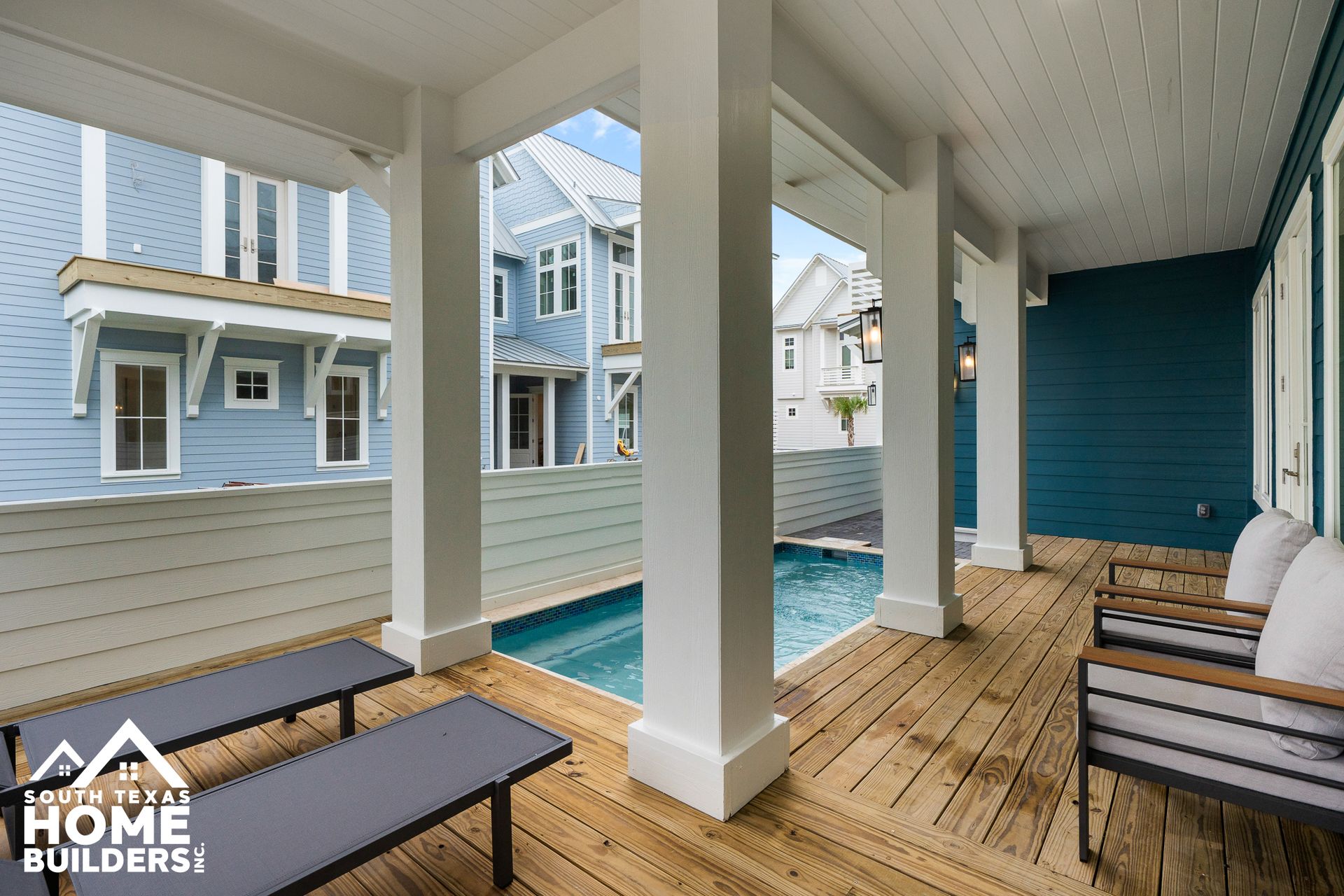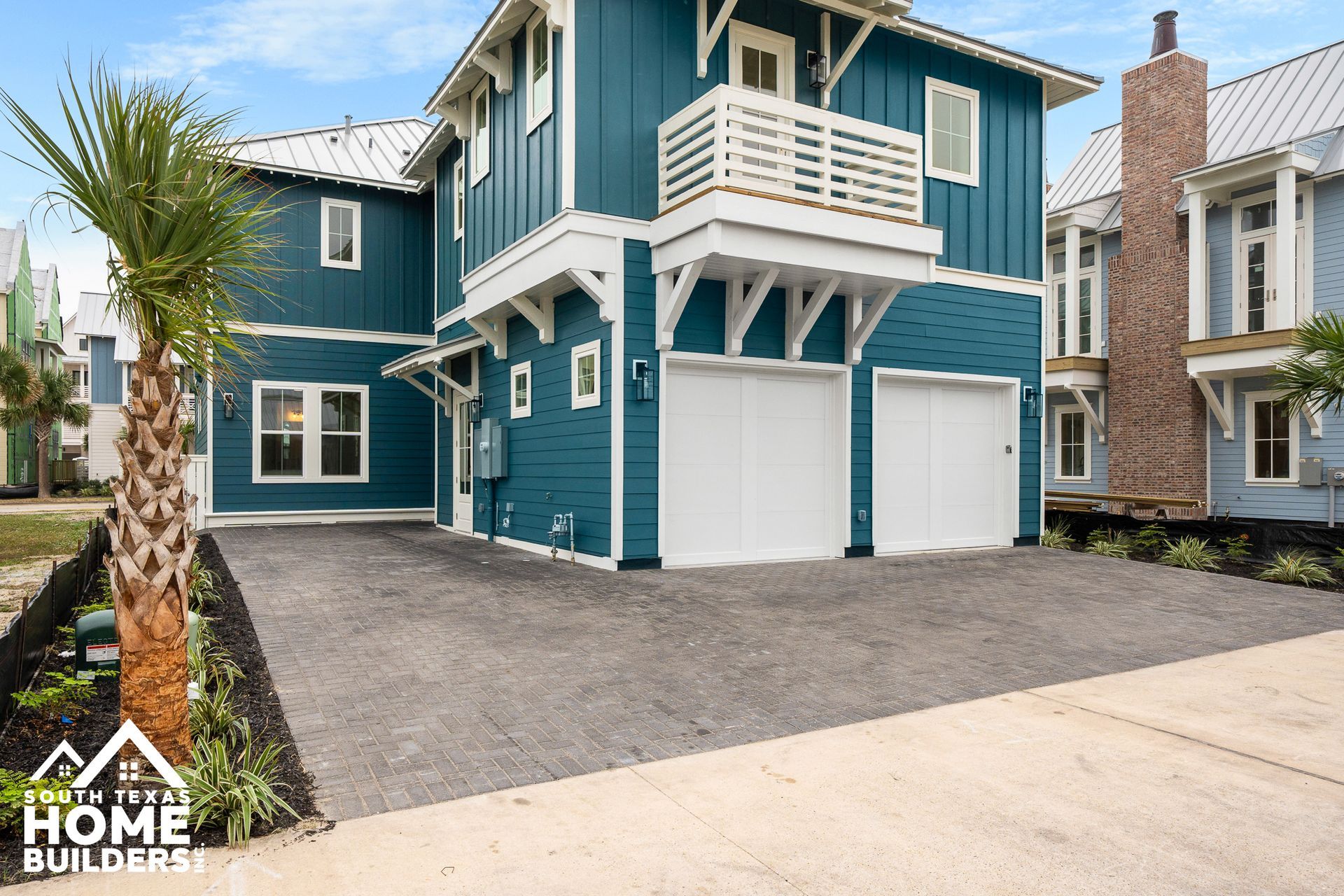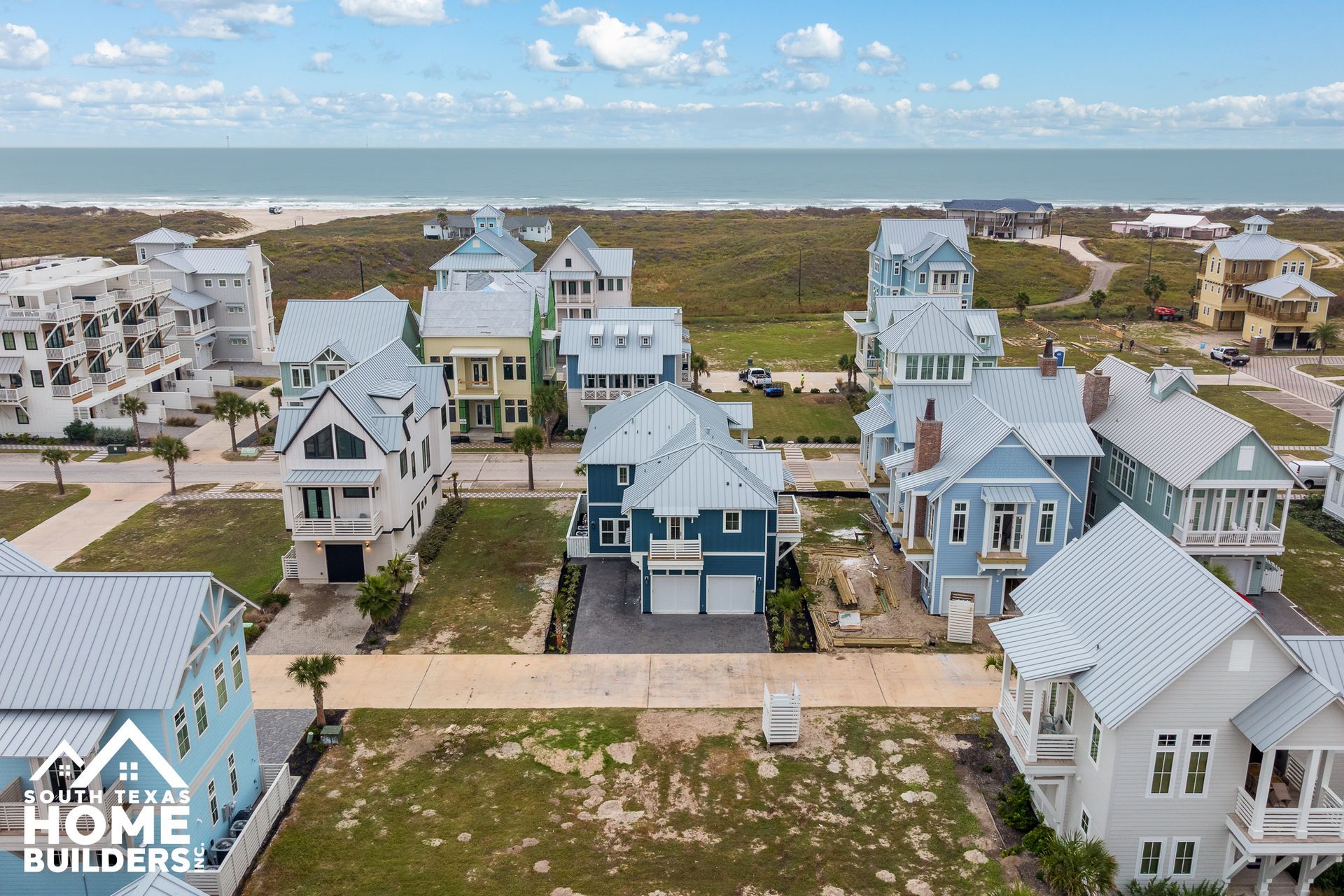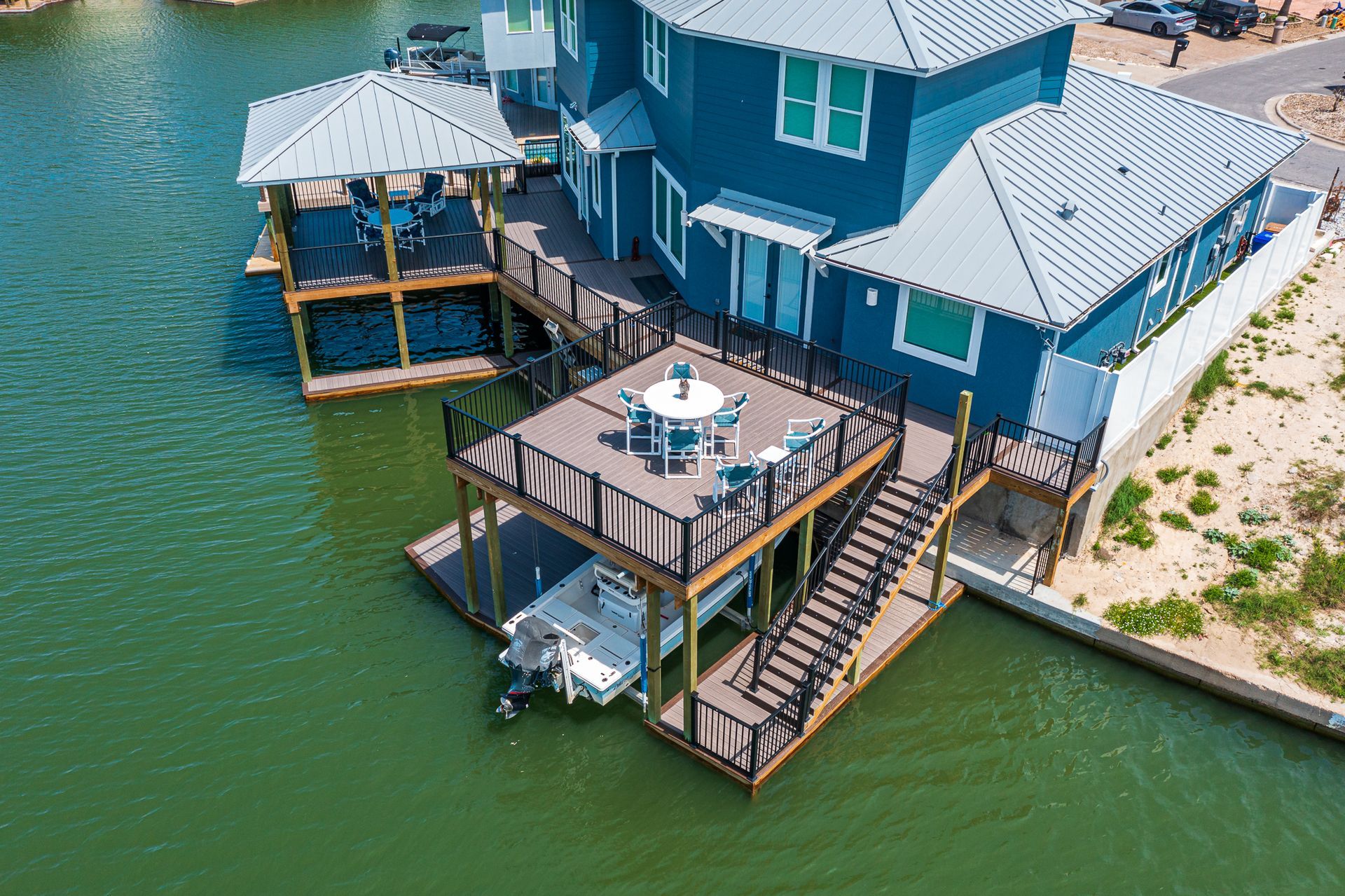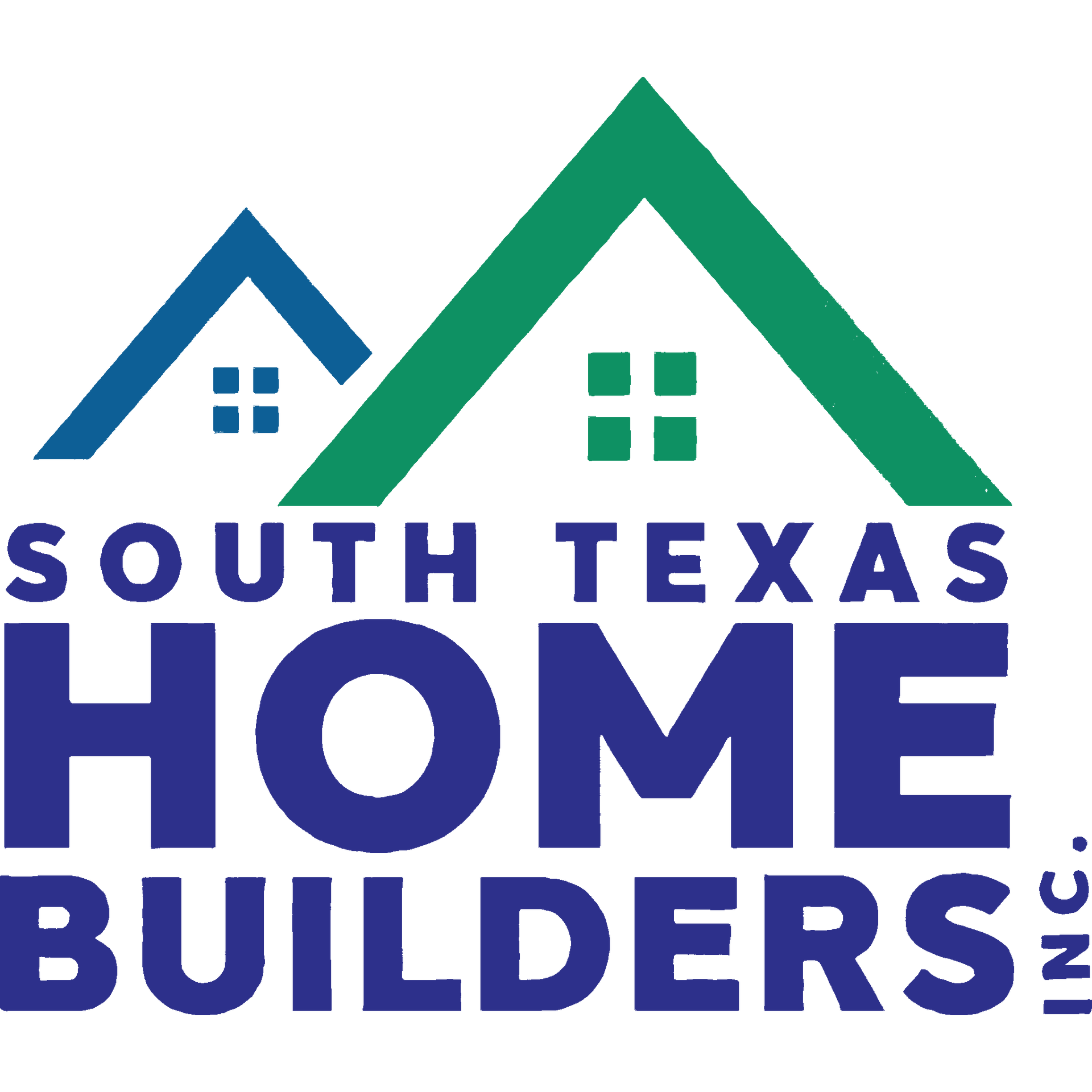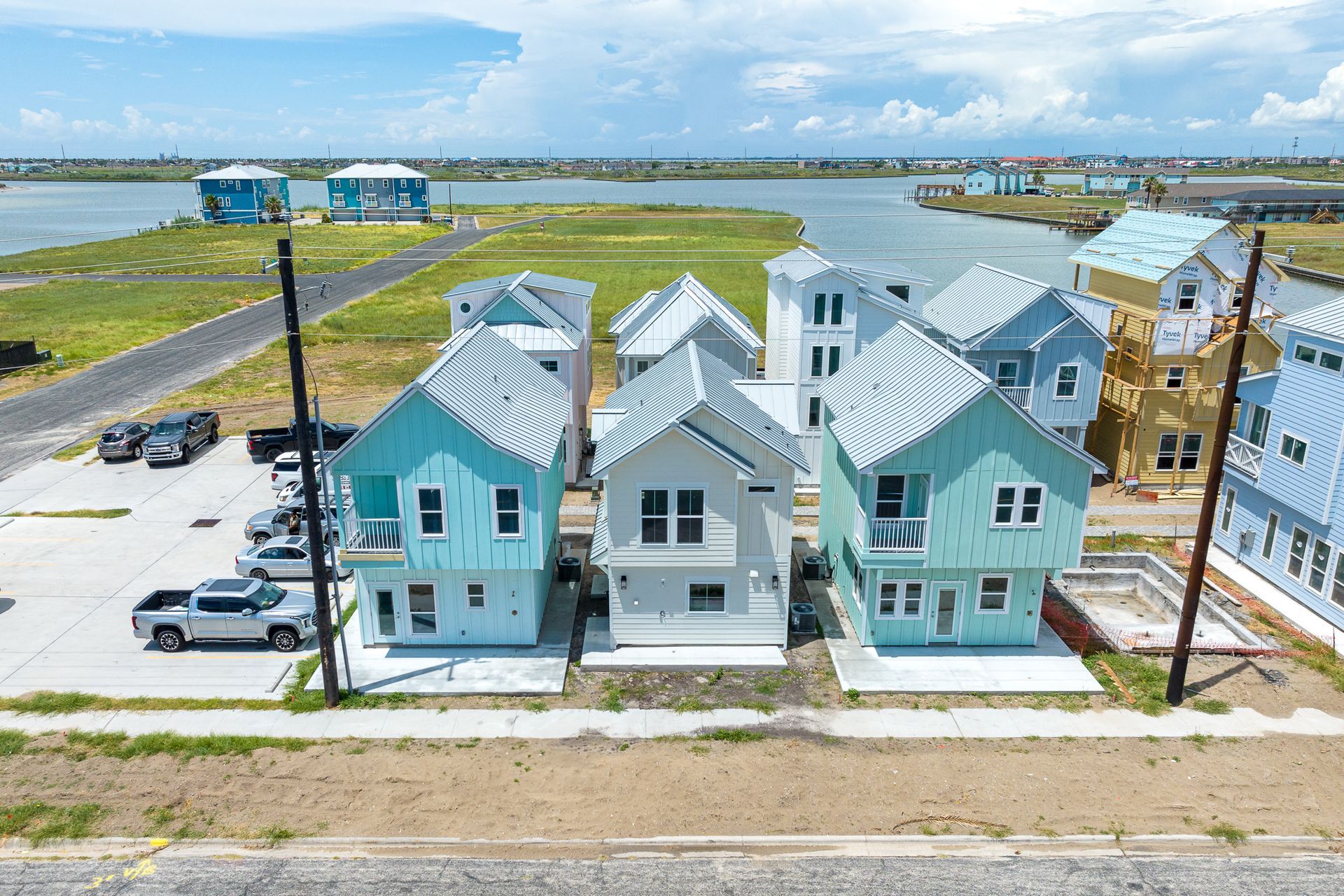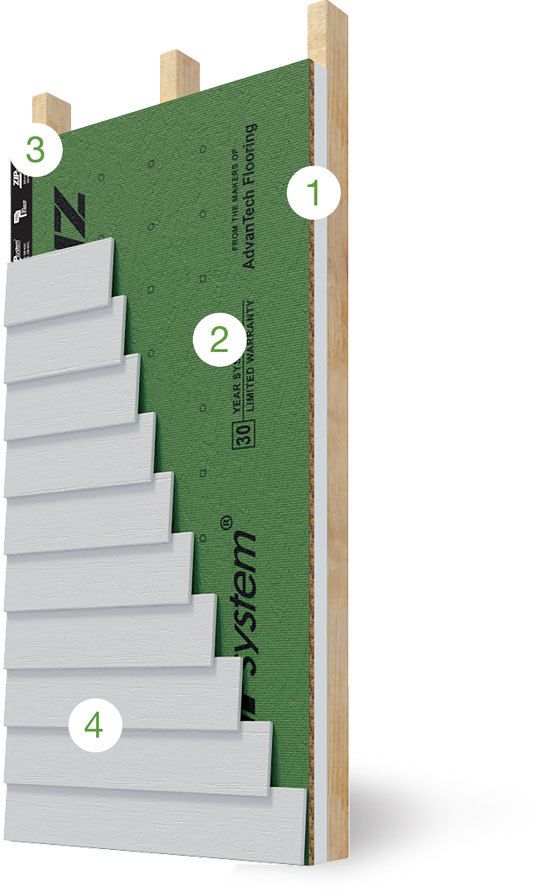Building on Stilts: Is It Right for Your Coastal Home? 🏗️🌴
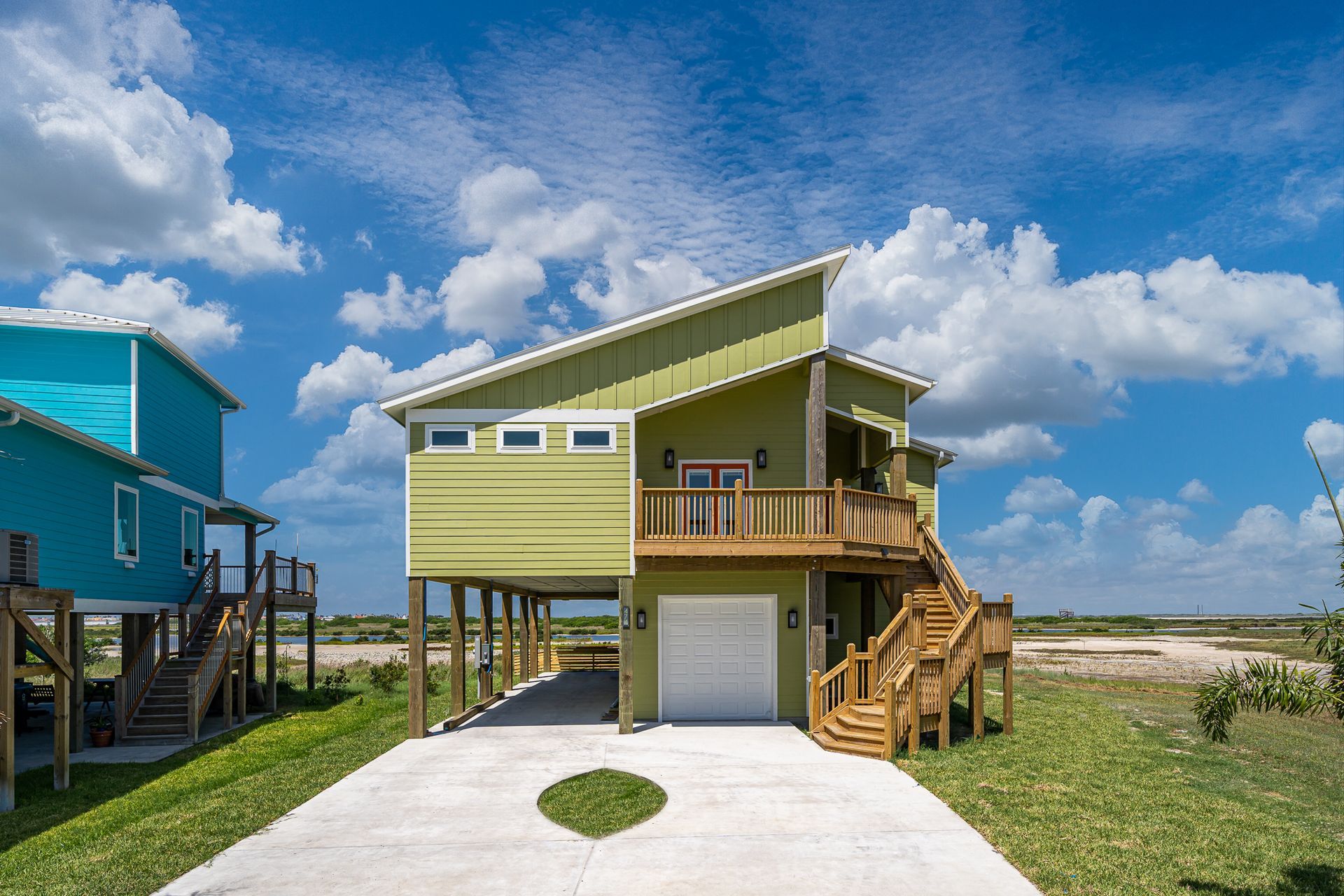
When it comes to designing a safe and beautiful coastal home, one question often comes up early in the process: should you build on stilts? For many coastal properties in Texas, stilt construction isn't just a style choice—it’s a smart solution for flood protection, insurance savings, and maximizing views.
At South Texas Home Builders, we help clients decide whether building on stilts is the right move based on their location, goals, and lifestyle.
Here’s what you need to know:
🛡️ Step 1: Why Build on Stilts?
Stilt construction, also known as pier or piling construction, elevates your home above ground level. This protects the structure from coastal hazards.
✅ Main Benefits:
✔️ Reduces risk of flood damage
✔️ Meets or exceeds FEMA flood zone requirements
✔️ Lowers flood insurance premiums
✔️ Improves ventilation and cooling under the home
💡 Builder Tip: Homes in V Zones (velocity flood zones) are typically required by code to be built on pilings for safety and compliance.
🌊 Step 2: Where Stilt Homes Make the Most Sense
Certain coastal areas virtually require stilt construction, while others offer it as a recommended (but optional) design solution.
✅ Ideal Locations for Stilt Homes:
✔️ Properties in flood-prone or storm surge zones
✔️ Lots near the beach, bay, or waterways
✔️ Areas with low elevation or poor drainage
💡 Builder Tip: Even lots outside mandatory flood zones can benefit from stilt construction to improve safety and future resale value.
🏗️ Step 3: Types of Stilt Construction
Not all stilt homes are built the same way. We offer several structural options depending on your design preferences and local requirements.
✅ Common Styles Include:
✔️ Deep-driven concrete pilings (best for flood-prone areas)
✔️ Timber pilings (for lighter, elevated homes)
✔️ Pier-and-beam systems with elevated platforms
💡 Builder Tip: Deep pilings provide the most stability in areas with soft, sandy, or shifting soils.
🛠️ Step 4: Design Considerations for Stilt Homes
Building elevated gives you unique design opportunities—but it also requires smart planning for access and comfort.
✅ What to Plan For:
✔️ Exterior stairs, lifts, or residential elevators
✔️ Parking, storage, or recreational areas underneath
✔️ Wind-resistant features and lateral bracing systems
💡 Builder Tip: We design the under-home space for durability too—think reinforced columns, breakaway walls, and covered parking.
💵 Step 5: Cost vs. Benefit Analysis
Building on stilts does increase construction costs slightly—but the long-term savings and advantages often outweigh the initial investment.
✅ Financial Advantages:
✔️ Substantially lower flood insurance premiums
✔️ Reduced risk of costly flood repairs
✔️ Higher resale value in coastal markets
💡 Builder Tip: We’ll show you side-by-side comparisons during the planning phase so you can make an informed decision.
Wondering if stilt construction is right for your coastal dream home?
📞 Contact South Texas Home Builders today. Our coastal experts will walk you through the pros, cons, and design options for building smarter by the sea.
NEWS
